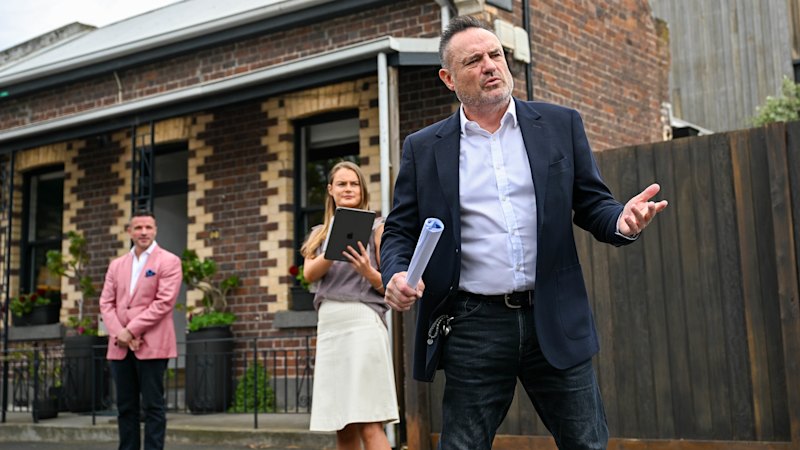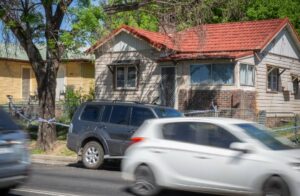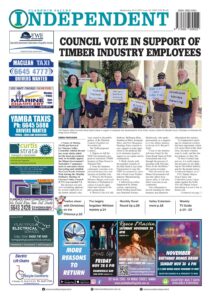
The cost of a typical Australian home has reached an alarming level, now standing at **8.2 times** the average household income, marking the worst housing affordability on record. Rising rents are compounding the challenges for first-time home buyers, with the share of income needed to afford rent climbing to **33.4 per cent**, according to the **Cotality Housing Affordability Report** released in November 2023.
As the median dwelling value in Australia now sits at **$860,529** compared to a median annual household pre-tax income of **$104,390**, experts predict that property prices may continue to rise next year despite government interventions aimed at improving affordability. The dwelling value to income ratios vary significantly across major cities: **10 times** in Sydney, **8.8 times** in Brisbane, **7.7 times** in Perth, and **7.1 times** in Melbourne.
Banks are generally reluctant to lend more than **five times** a buyer’s income, which adds to the difficulties faced by potential buyers. For those hoping to save a **20 per cent** deposit, the typical Australian household now requires **11 years** to do so—the longest period recorded. The federal government has expanded access to its **5% Deposit Scheme** to help alleviate some of these pressures.
Challenges in the Housing Market
Experts are expressing concerns over the lagging residential construction, especially as demand remains buoyed by wage growth, a robust job market, recent rate cuts, and population growth. Despite efforts from current and previous governments to build more homes, these initiatives have yet to yield significant results.
Eliza Owen, head of Australian research at Cotality, emphasized that simply boosting supply is insufficient in the current environment where construction costs remain high. She highlighted the impact of demand-side stimuli like the **HomeBuilder** program and the ongoing expansion of the **5% Deposit Scheme**, which have not adequately addressed the challenges facing the housing market.
Interestingly, not all cities are experiencing peak unaffordability. Melbourne has seen some easing due to a significant increase in housing supply and higher taxes on secondary homes, coupled with a population decline during lockdowns. Owen cautioned that while conditions in Melbourne have improved, the dwelling value to income ratio remains elevated.
The stark contrast between what households can afford and actual home prices raises critical questions. Owen noted a gap of almost **$300,000** between the typical amount a household can spend on housing and the average cost of a home. She pointed out that home sellers have enjoyed substantial capital gains, averaging just over **$300,000**, which may be reinvested into the housing market.
For renters, the situation is dire. A median-income household in a capital city now spends **31.7 per cent** of their income on rent, while low-income households face an even steeper burden at **53.8 per cent**. Owen stressed that this disparity underscores the urgent need for enhanced social and affordable housing solutions.
Future Projections and Solutions
Looking ahead, a separate report from **SQM Research** anticipates property prices to rise between **6 per cent** and **10 per cent** across capital cities next year. Managing Director **Louis Christopher** predicts that Sydney dwelling prices may increase by **3 to 6 per cent**, while Melbourne could see **4 to 7 per cent** rises, Brisbane **10 to 15 per cent**, and Perth **12 to 16 per cent**.
**Shane Oliver**, chief economist at AMP, reiterated that the housing shortage relative to demand has exacerbated affordability issues. He emphasized the long-term decline in interest rates, population concentration in major cities, and the capital gains discount as contributing factors. “Supply simply hasn’t kept up with demand,” Oliver said. The industry should have been building **230,000 to 240,000 homes** annually, but the actual figures have hovered around **170,000**.
Despite these challenges, Oliver remains optimistic that solutions can be found. He stated, “We can fix it. We have plenty of land in Australia, but we lack the will to do so and we spend too much time arguing about what to do.”
The worsening state of housing affordability in Australia presents a complex problem that requires urgent and concerted efforts from all levels of government and the private sector to address the needs of current and future homeowners.







